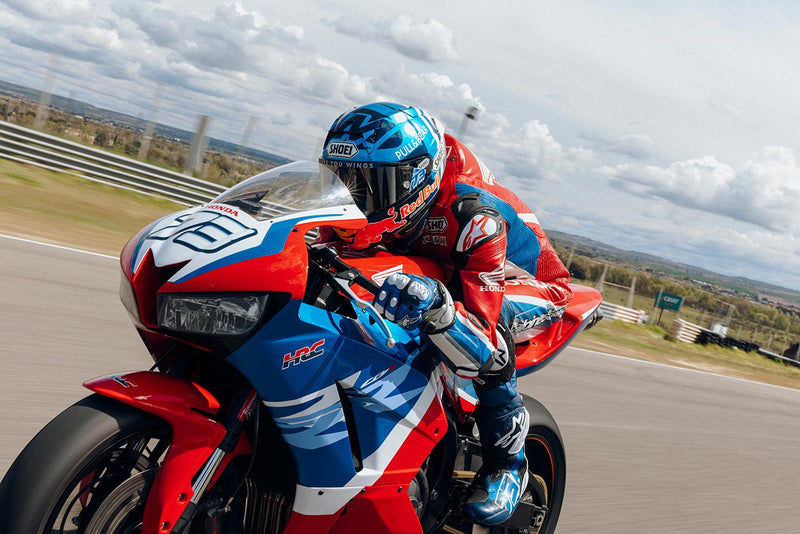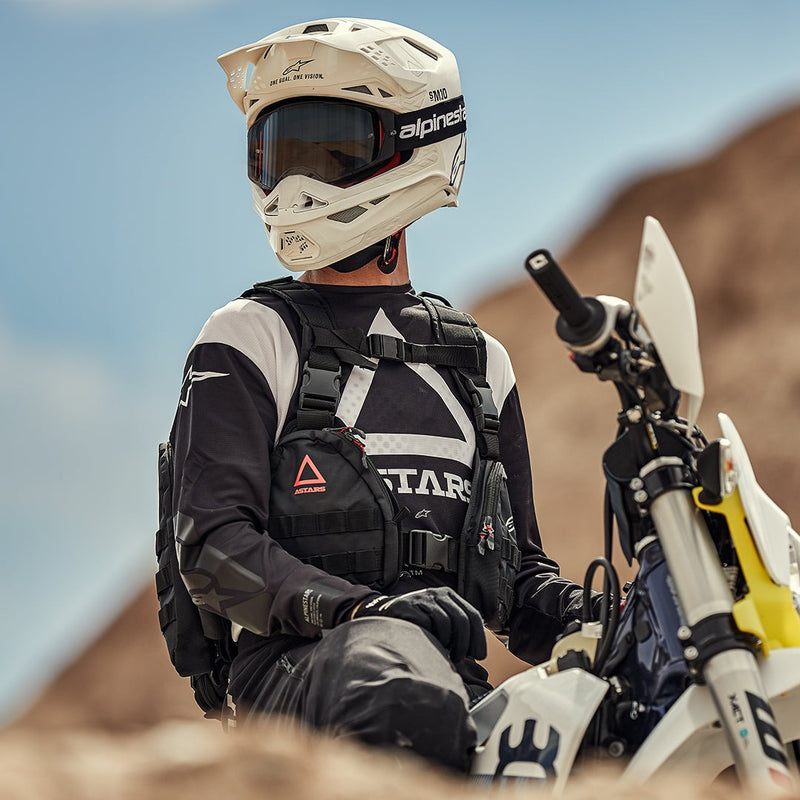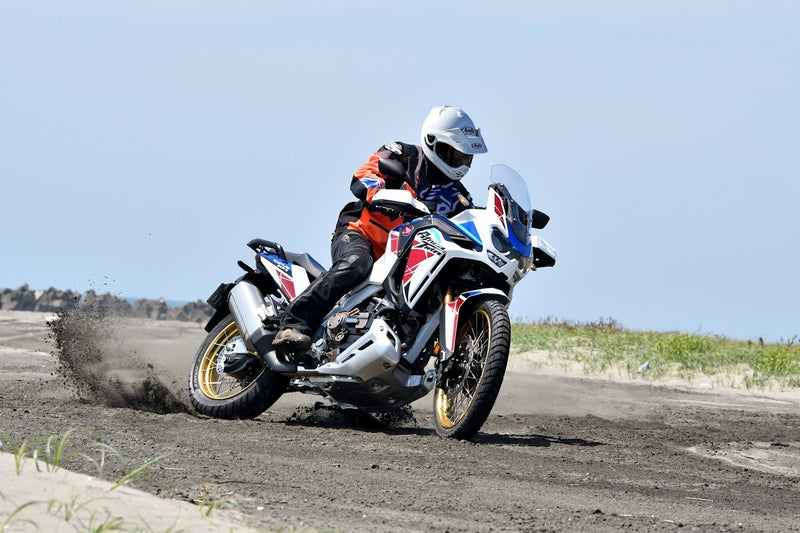Frequently Asked Questions
Helmet Standards
My helmet does not have an Australian Standards sticker on the back?
My helmet does not have an Australian Standards sticker on the back?
As of 2016, all Australian States and Territories have changed helmet laws to allow to use of United Nations Economic Commission for Europe Regulation No 22 (UNECE22.05 or UNECE22.06) approved helmets. Since this change the majority of helmets distributed in Australia now carry this approval which can be located on the helmet strap. Learn More.
Returns & Exchanges
What if my helmet does not fit?
What if my helmet does not fit?
As long as the helmet has not been used and the original tag's & stickers are still attached with the original packaging, helmets may be exchanged or returned within 60 days of the original purchase date. Please see our Returns & Refund Policy for more information.
How long will it take to receive my refund?
How long will it take to receive my refund?
Refunds are usually processed within 1-2 Business days of receiving the return. Please keep in mind that it may take longer to appear in the original account.



